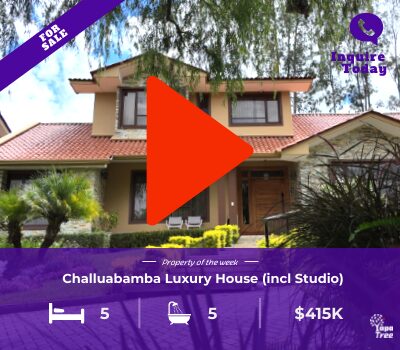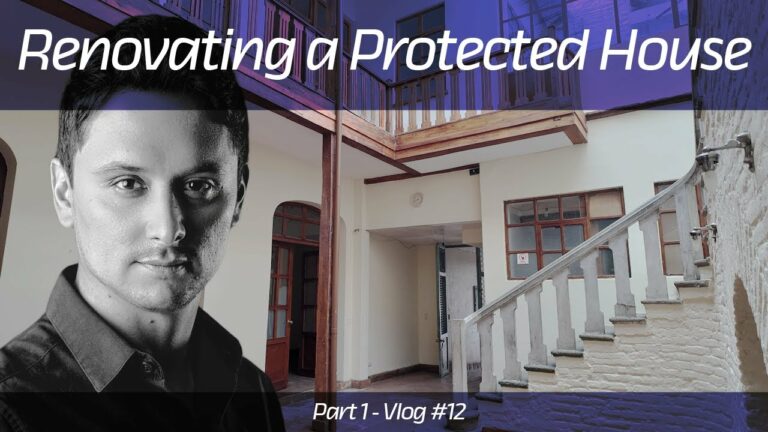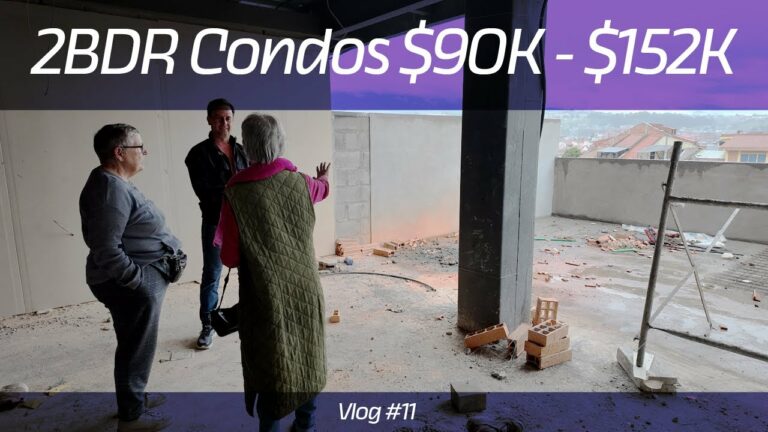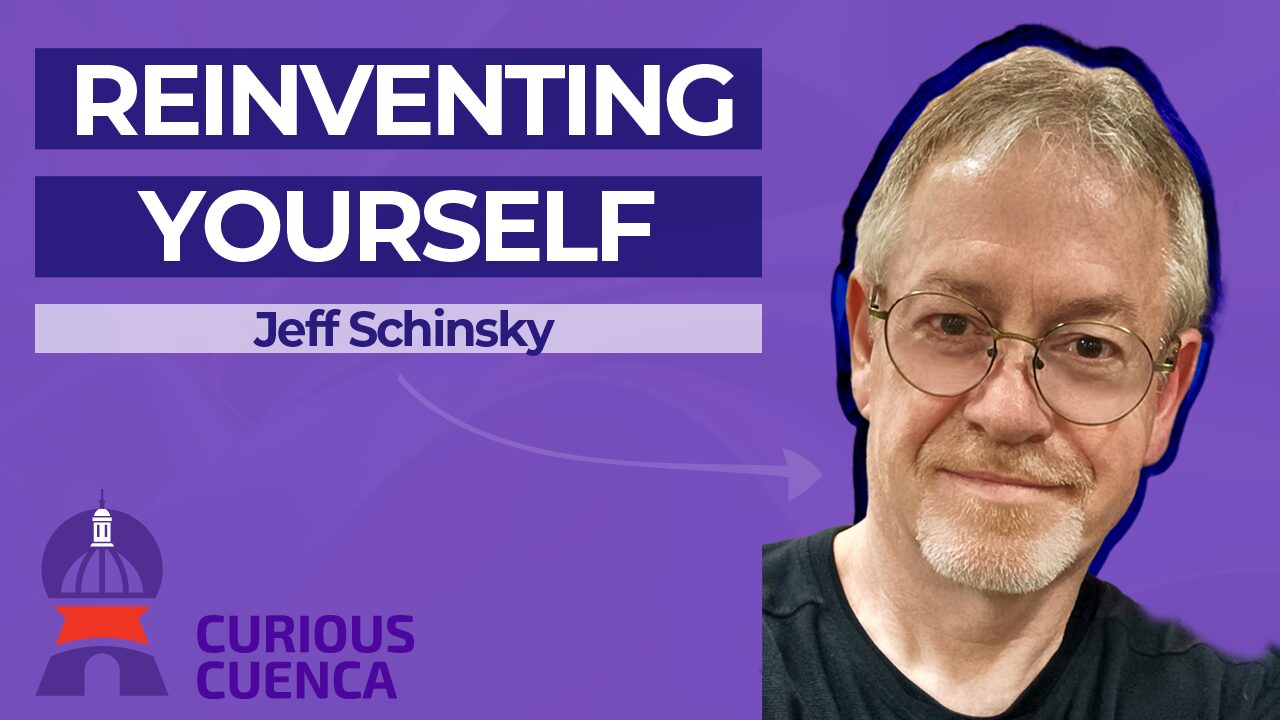The Sapara Nation are indigenous people that live in the Amazonian jungles between Ecuador & Peru. They once had a population of over 200,000 but numerous threats have seen this reduced to less than 600 people, with only 3 elders that still speak the Sapara language.
This article provides an overview of the Sapara Nation, including their beliefs, language & numerous threats to their very existence. We also provide some ways you can help, including visiting the ‘naku’ or Amazonian forest where they still live a traditional lifestyle.
Who are the Sapara Nation?

The Sapara Nation (also called Zapara, Sápara or Záparo) are traditionally nomadic hunter-gatherers located in the Amazon, on Ecuador’s eastern border with Peru. Much of their traditional lands were lost to Peru during the border wars that ended in 1942. Today, less than 300 Sapara Nation people in Ecuador and a similar amount left in Peru.
They face a very real threat of extinction over the coming years if more effort isn’t made to preserve their language, culture & traditional way of life.
Beliefs of the Sapara People
The world of the Sapara Nation is grounded in recognizing the sacredness of all things – living, inanimate or even invisible.
Everything has a spirit
Just like humans, the Sapara believe that the earth and everything in it such as trees, rivers & animals have a spirit. They believe all life is equal and humans are not superior, nor do humans own the land.
Connection with forest spirits
The Sapara have a relationship of mutual respect with the forest. They see plants as equal and strive for a balance between how much food, medicine & other resources can be taken from the forest before the equilibrium is disrupted.
Dream interpretation
The Sapara People are perhaps best known for their knowledge of interpreting dreams.
‘The dream is a privileged entry point to address anthropological issues around theories of personhood, otherness (dreaming with others, human or non-human subjects) and cognitive supports.
In the Amazon, night is presented as the favorable moment for education & the transmission of stories and myths because nighttime is when knowledge is acquired and incorporated.’1
The Sapara can also help you interpret your dreams via private ceremonies (see the trip later) or even via virtual courses like this one.
From 200,000 to less than 600

Before colonization and before climate change, the forest gave us everything we needed. When I was younger, I didn’t need to go to the city. The forest gave us: food, medicine, education… everything.
Gloria Ushigua, President of the Association of Sapara Women of Ecuador “Ashiniawka” [source]
Like many indigenous tribes in the Amazon, outside contact proved to be devastating to their population with rubber trade, enslavement and disease killing many of their population.
Today, their biggest threats are oil companies & complete loss of language.
Current Threats to the Sapara Nation
Oil companies
The Sapara are locked in an ongoing battle against oil companies & the Ecuadorian government. There have been several attempts by the Ecuadorian government to sell the petroleum extraction rights. The government dearly needs this oil revenue.
In 2016, the Ecuadorian government did sell oil exploration rights to two Chinese organizations in a deal that was supposed to be worth $80 million. These rights covered 500,000 acres that overlapped the territory of the Sapara Nation and also bordered Yasuní National Park.
But, fierce opposition from numerous indigenous groups, including the Sapara, and the international community helped drive awareness of the issue. And, a successful court challenge by the Waorani in 2019 prevented oil extraction on the basis that the indigenous tribe of 2,000 people had not been properly consulted over plans to sell oil from their ancestral lands.
This set a promising precedent for the Sapara Nation to follow. The core legal issue centers on the issue of consent of the Sapara Nation. The constitution does provide the government with the right to develop energy projects & extract oil on any land – regardless of who owns it. But, this still requires the community to provide Free, Prior, and Informed Consent (FPIC).
With the precedent set by the Waorani & the public pressure, the original Andes Petroleum proposal was granted a ‘force majure’ which at least temporarily prevented the proposed oil extraction activities to cease.
But, oil companies are determined to continue with their oil exploration efforts and have been very active in trying to find alternative strategies for advancing.
Loss of Language
The Sapara Nation is recognized by UNESCO as an “Intangible Cultural Heritage of Humanity” because their language and culture are in danger of disappearing.
The language is only spoken with any degree of fluency by a handful of older individuals. When these elders die, their rich oral history including a vast knowledge of the forest & medicinal uses of plants will die with them.
It’s a race against time for the Sapara to preserve their language. They have started their language revitalization plan which includes:
- Teaching the language at school
- Developing pedagogical tools to help children and adults relearn the language (source).
How you can help the Sapara Nation from disappearing
The Sapara are not against all development; “We want development but we want to have it our way”, says Gloria Ushigua. Part of this movement towards development is the Sapara choosing to open their ancestral knowledge, customs, food & experiences to outsiders.
There are multiple ways you can help support the Sapara, including the following.
1. Donate
You can donate directly to the Naku eco-tourism center. Your funds will be used to preserve their culture by educating the youth in a way that preserves Sapara traditions. In particular, more funds are sought to help Sapara children finish high school & potentially undertake university education that respects their unique ancestral knowledge.
2. Online Dream Course
What do your dreams mean? If you want to dig deeper into extracting meaning from your dreams, consider taking this 4 week course which promises the following outcomes:
- Remembering your dreams
- Begin understanding the meaning of your dreams
- Create unique morning & evening rituals to support your dream practice
- Understand the 4 Sapara Dream Types: Immediate Dreams, Community Dreams, Problem Dreams & Life Cycle Dreams
- Wake up and identify which of the 4 dream types you had
- Determine when your dreams will manifest
- Understand the Sapara ancestral story of where dreams came from
It’s an online course, so you can take it from anywhere. 60% of the course proceeds are given to the Sapara.
3. Visit Their Eco-Tourism Center on a Tour
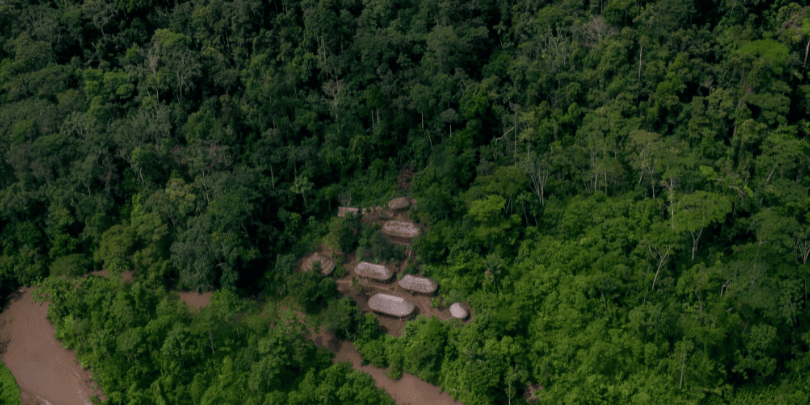
Perhaps the most rewarding way of helping the Sapara is by visiting their community-owned eco-tourism center deep in the Ecuadorian Amazon.
This gives you the opportunity to explore and learn about the Sapara, but in an easy setting with modern comforts.
Tour Itinerary
The following is a tour itinerary from Amazing South American Tours (ASAT). ASAT is also a YapaTree Discount Card partner, so they are giving YapaTree cardholders a 5% discount on the tour fee.
Day 1 (July 5th, 2022)
- Midnight Travel to Shell (from Cuenca) – 7 hours on a private bus and guide
- Breakfast in Baños
- Morning flight to Naku Lodge (30 minutes flight)
- Welcoming Cleaning Ceremony
- Boat to the Lodge
- Freshly cooked lunch
- Hike to explore the surroundings
- Night Gathering
- Easy dinner
Day 2 (July 6th)
- Breakfast
- Energy Cleaning Ceremony
- Canoe down the river
- Hike in the deep forest
- Visit to the Sapara Community
- Lunch
- Free Afternoon at the River
- Dinner
Day 3 (July 7th)
- Breakfast
- Hike and Vision Quest Ceremony in the forest
- Easy Lunch
- Night Ceremony
- Dinner
Day 4 (July 8th)
- Breakfast
- Morning Gathering
- Lunch
- Afternoon hike
Day 5 (July 9th)
- Breakfast
- Farewell Ceremony at Sapara Community
- Travel by plane to Shell (30 minutes)
- Check-in at Hotel in Baños
Day 6 (July 10th)
- Breakfast and departure to Cuenca (7 hours)
You can download the full itinerary here.
Price: $1349 per person (or $1282 with YapaTree Card)

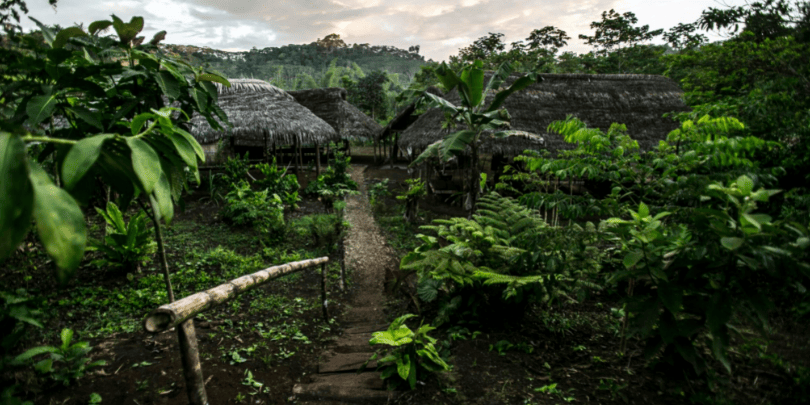




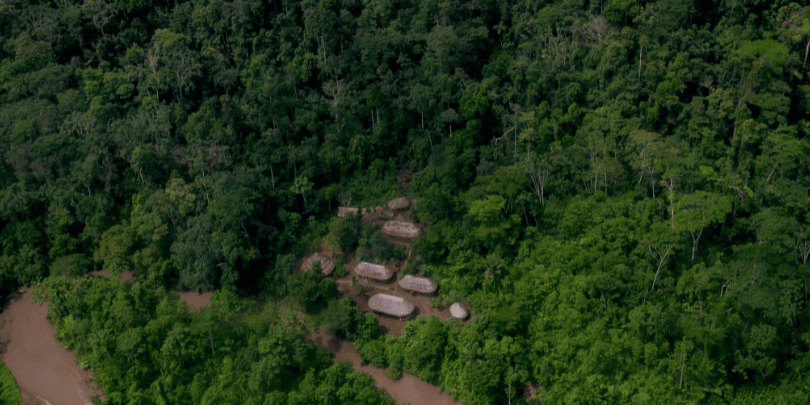
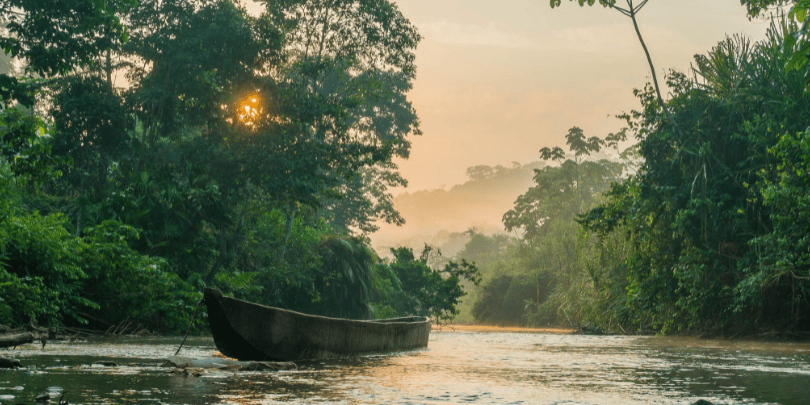
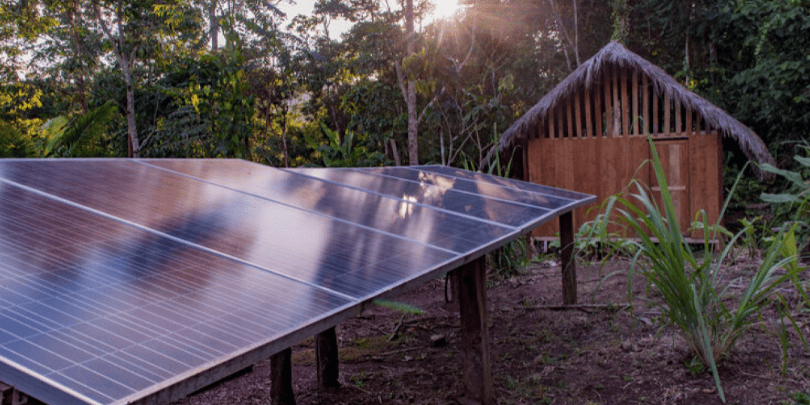
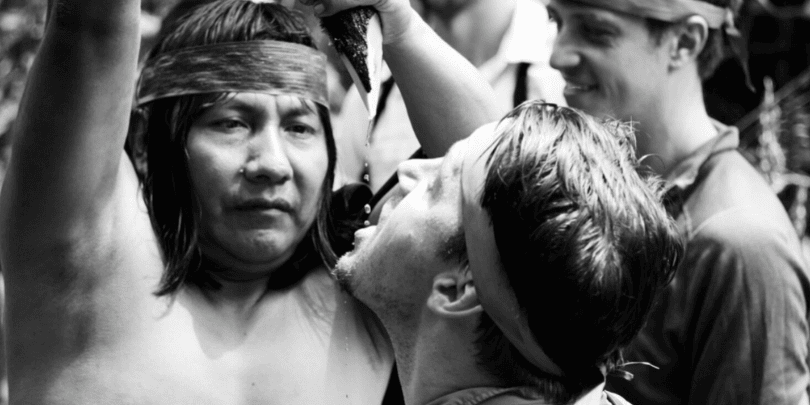
How to book your trip to Naku & the Sapara
Send an inquiry using the form below. It will be sent directly to Amazing South American Tours and they’ll contact you to answer any questions & complete your booking.
Final Words
It’s hard to know exactly how much Sapara ancestral knowledge has been lost already. But, we can help preserve what remains of their rich tapestry of oral traditions, dream interpretation, natural medicine & other unique cultural contributions of the Sapara.
Have you already visited the Sapara? If so, we’d love to hear about your experience in the comments below.
Book reference
1. El Sueño de los Záparas, Anne-Gaël Bilhaut 2011






